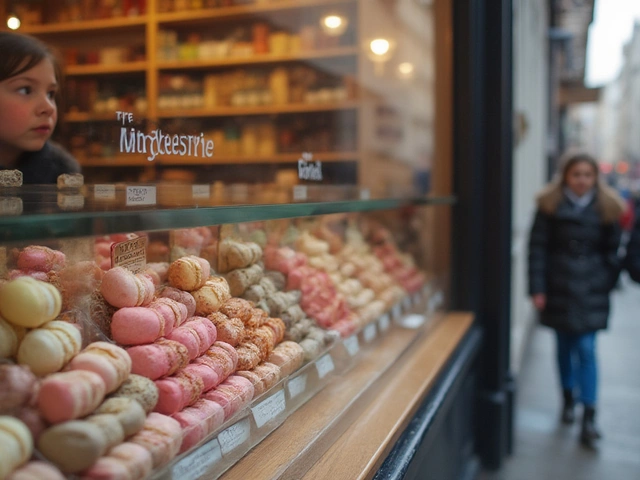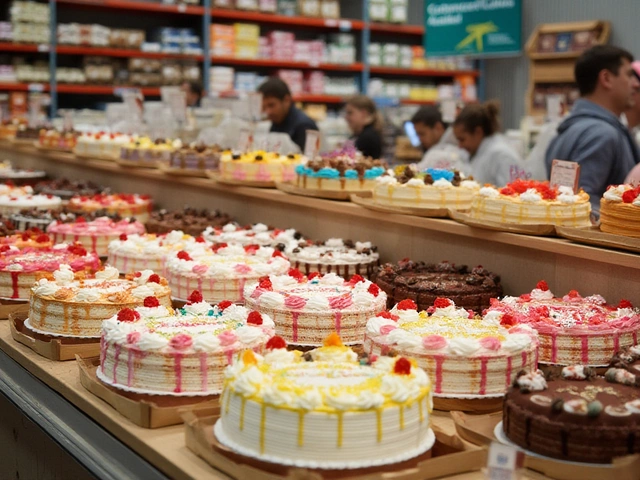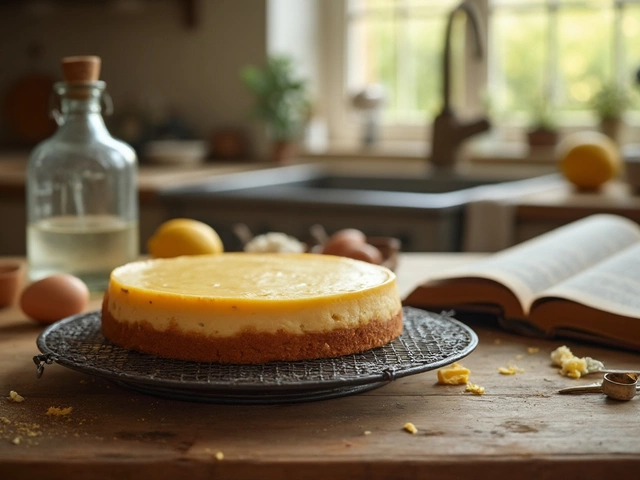Reasons Macarons Are Expensive – The Real Cost Behind Those Little Gems
If you’ve ever stared at a box of macarons and wondered why the price tag feels like a tiny loan, you’re not alone. These delicate French treats look simple, but every bite hides a chain of costs that push the price higher than most everyday desserts. Below we break down the biggest money‑making factors so you can see what you’re really paying for.
First off, macarons aren’t just sugar and butter. They need high‑quality almond flour, finely ground to a perfect texture, and that ingredient alone can cost more than regular flour by a mile. Many bakers source their almonds from specialty growers who guarantee no fillers or additives, and that premium quality translates straight to the shelf‑price. Add in the fine‑grain sugar, pure vanilla beans or premium flavor extracts, and you’ve got a list of ingredients that are already pricier than those for a basic cupcake.
Ingredient Quality and Specialty Items
Most bakery‑grade almond flour is sold in small batches, and bulk discounts rarely apply to boutique bakers. The cost of a single kilogram can easily outpace the price of regular wheat flour by three or four times. And because macarons rely on a delicate balance of moisture, bakers often use fresh dairy or plant‑based creams for the filling. Fresh cream must be refrigerated, has a short shelf life, and any waste directly hits the bottom line.
Flavors matter too. A simple chocolate ganache might use regular cocoa, but many artisans opt for couverture chocolate that has a higher cocoa butter content. Fruit fillings often require real puree made from fresh fruit, which means dealing with seasonal price spikes. All these ingredient choices are made to keep the taste authentic, but they add up fast.
Labor‑Intensive Process and Small Batches
The next big cost driver is the labor. Making macarons isn’t a “mix‑and‑bake” job; it’s a precise science. The batter—called the meringue—must be whisked just right to achieve the glossy, smooth texture that gives macarons their signature “feet.” Over‑mix or under‑mix, and the shells crack, spread, or become soggy.
Because the window for perfect mixing is so narrow, bakers often work in small batches. Each batch requires careful piping, a resting period to form a skin on the shells, and a precise bake time. That means more hands‑on time per dozen compared to a standard cake or cookie. In many boutique bakeries, a single baker can only produce a few dozen shells per hour, which limits output and pushes the per‑unit labor cost up.
Equipment costs are another hidden expense. Professional standing mixers, tempered ovens with humidity control, and silicone mats for piping aren’t cheap. Many small bakeries lease these tools or invest heavily when they first open, and they factor those amortized costs into the price of each macaron.
Finally, there’s the overhead of running a small shop: rent in a prime location, utilities, packaging, and marketing. Since macarons are often sold as a premium gift, bakers use elegant boxes that protect the delicate shells. Those boxes, while beautiful, add another few pennies per piece.
All of these factors—premium ingredients, meticulous labor, specialized equipment, and boutique overhead—combine to make macarons one of the pricier pastry options. Knowing the why can help you appreciate each bite a little more, and maybe even inspire you to try a DIY batch at home where you control the costs.






